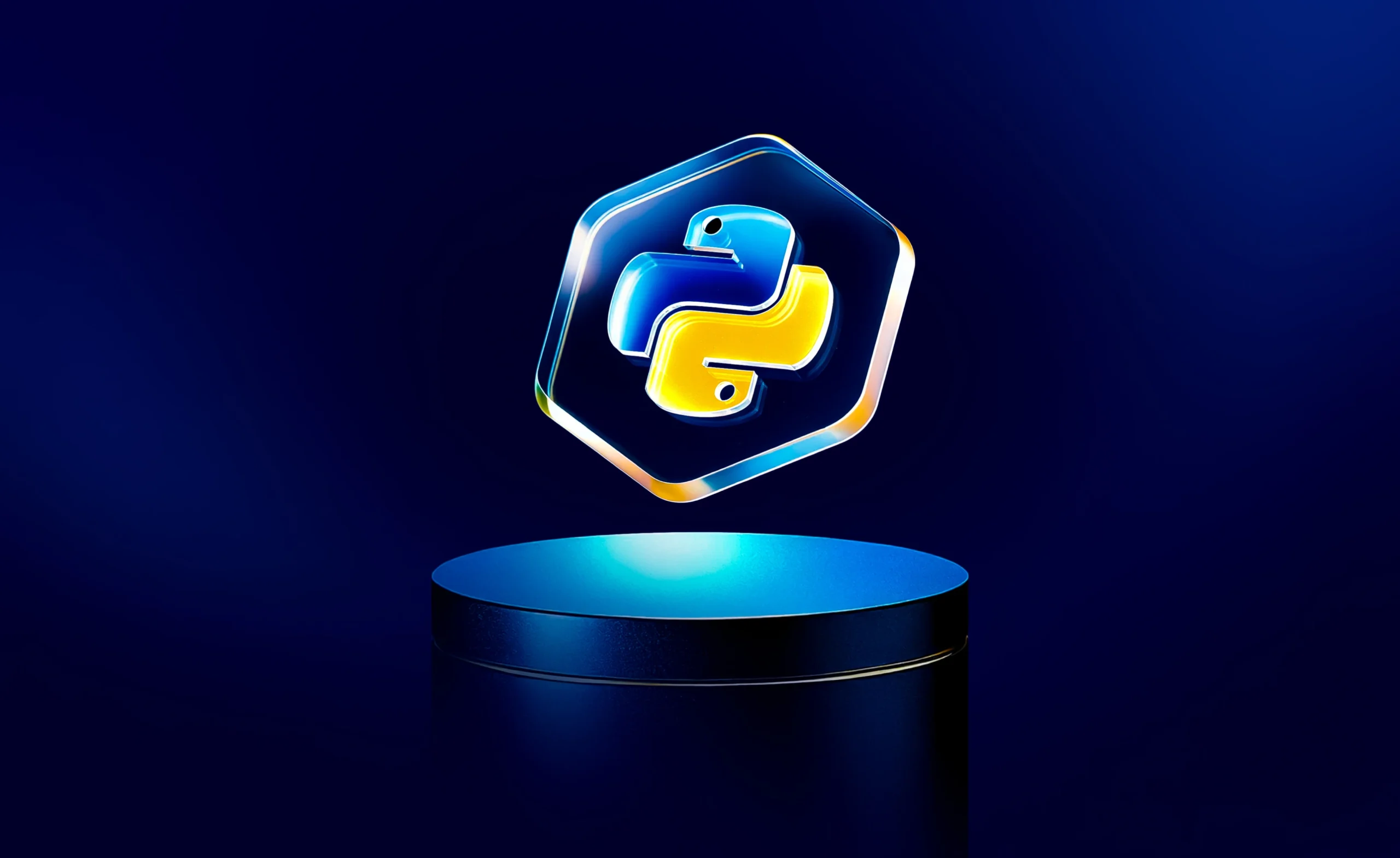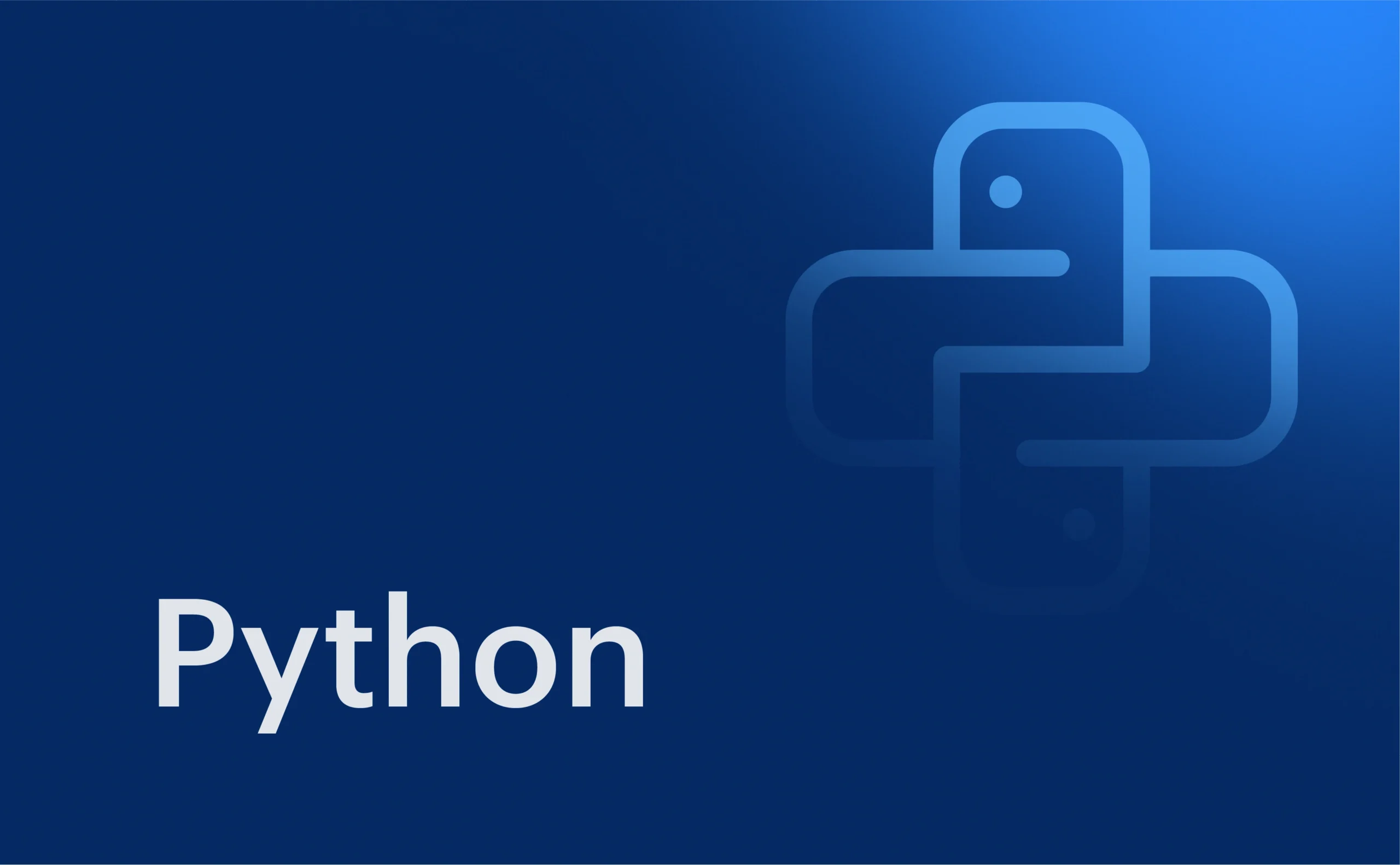Python is one of the most popular and versatile programming languages used by developers worldwide. With its simple syntax, robust libraries, and vast applications in diverse fields, Python has become the go-to language for a variety of software development tasks. Whether you’re a beginner or an experienced developer, Python provides a strong foundation for building efficient applications and solving complex problems.
1. Easy Syntax and Readability
One of the key reasons why Python is so popular is its easy-to-read syntax. Python’s syntax resembles human language, making it easy to learn for beginners. Unlike other programming languages, Python doesn’t require complex structures like semicolons or curly braces, which can be intimidating for new coders. The code is clean and readable, which also makes it easier to maintain and debug.
2. Extensive Libraries and Frameworks
Python offers a wide variety of libraries and frameworks that extend its functionality and make development faster and easier. Some of the most widely used libraries include:
- NumPy for numerical computations
- Pandas for data analysis
- Matplotlib and Seaborn for data visualization
- Django and Flask for web development
- TensorFlow and PyTorch for machine learning
These libraries enable Python developers to focus on solving problems rather than building basic functions from scratch.
3. Versatility and Applications
Python’s versatility makes it applicable in a wide range of industries and use cases. Some of the primary areas where Python is used include:
- Web development: Python frameworks like Django and Flask are popular for building web applications.
- Data science and analytics: Python is widely used for statistical analysis, data cleaning, and data visualization.
- Artificial intelligence and machine learning: Python has gained popularity in AI and machine learning because of its powerful libraries like TensorFlow and scikit-learn.
- Automation: Python is often used for scripting and automating repetitive tasks, such as web scraping, file manipulation, and more.
- Game development: Python is also used in game development with libraries such as Pygame.
Because of this versatility, Python continues to grow in demand across various industries, from finance to healthcare and beyond.
4. Cross-Platform Compatibility
Python is a cross-platform language, which means that it can run on various operating systems like Windows, macOS, and Linux without needing any modification. This allows developers to write code once and run it anywhere, making it a great choice for teams working in different environments.
5. Strong Community Support
One of the greatest advantages of Python is its large, active, and supportive community. Python developers from around the world contribute to its open-source libraries, share knowledge, and provide solutions to problems through forums, documentation, and tutorials. This strong community support makes it easier for both novice and advanced developers to learn Python, troubleshoot issues, and keep up with the latest trends and developments.
6. Ideal for Beginners
Python’s user-friendly nature makes it ideal for beginners who want to learn programming. Due to its clear and concise syntax, new programmers can quickly grasp the fundamentals of coding. Additionally, Python is a great language for transitioning to other programming languages later on, as its concepts are applicable in many other languages.
7. Scalability and Performance
Although Python is often viewed as slower compared to compiled languages like C++, its performance is generally more than adequate for most applications. Additionally, Python can be optimized through various tools and libraries, like Cython, which helps to speed up execution. For larger applications, Python’s scalability is excellent due to its support for object-oriented programming and modular development.
8. Python in Data Science and Machine Learning
Data science and machine learning are two fields where Python has truly excelled. The availability of libraries such as Pandas, NumPy, Matplotlib, and SciPy for data analysis, along with libraries like scikit-learn for machine learning, make Python the language of choice for these industries.
Python simplifies complex tasks like data analysis, predictive modeling, and algorithm design, making it an indispensable tool for anyone working in data science or machine learning.
9. Integration with Other Technologies
Python is highly compatible with other programming languages and technologies. It can easily integrate with Java, C++, and other languages, as well as third-party tools and APIs. This integration flexibility makes it easier to incorporate Python into existing projects, enhancing its utility and making it adaptable to various environments.
10. Future of Python
The future of Python is bright, with continued growth in its usage. The demand for Python developers is increasing rapidly as more industries adopt it for their software development needs. With ongoing improvements and an expanding ecosystem of libraries and frameworks, Python is set to remain a leading language for many years.
Conclusion
Python’s simplicity, versatility, and vast array of libraries make it one of the best programming languages available today. Its ease of use, combined with powerful features for a variety of applications, makes it suitable for everyone from beginners to seasoned developers. Whether you are interested in data science, web development, artificial intelligence, or automation, Python offers the tools to get the job done. With its strong community, cross-platform compatibility, and continued innovation, Python will likely remain a dominant force in the world of programming for years to come.




